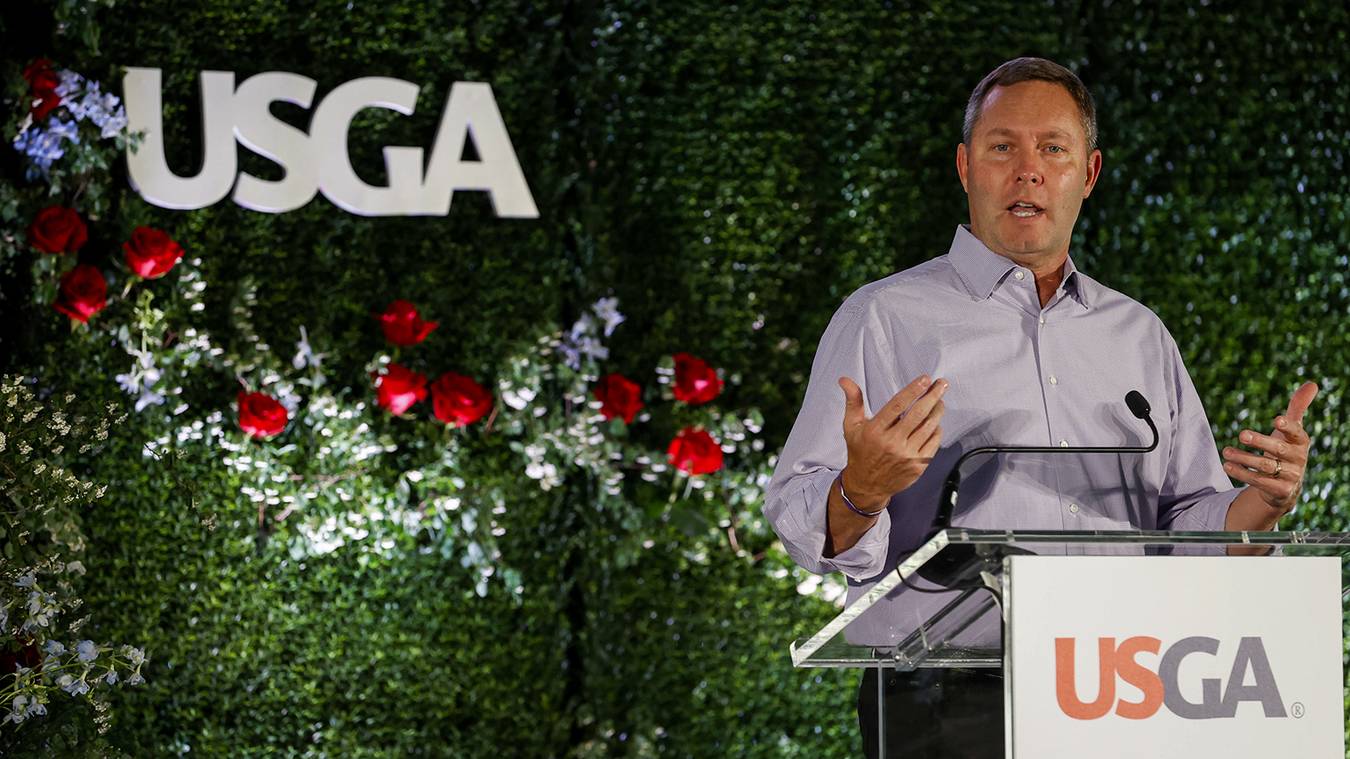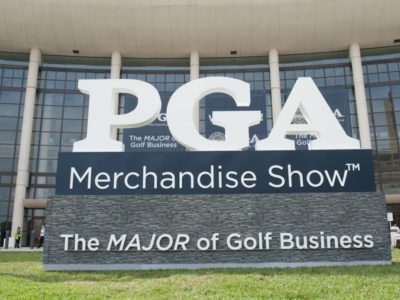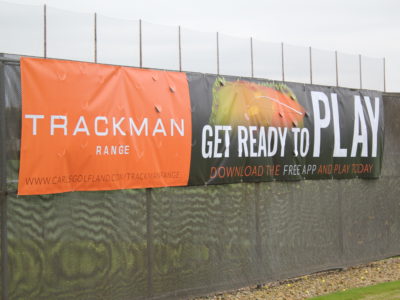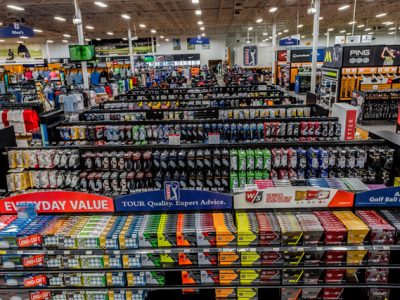By Ed Travis
A letter penned by the PGA of America and sent to the USGA and The R&A may have sealed the fate of the Model Local Rule (MLR) placing limits on the carry distance of golf balls played by elite professional and amateur golfers.
The two-page letter signed by Seth Waugh, CEO of the PGA, the organization representing the club golf professionals that run our game day to day, said,
“The proposed changes could seriously interrupt the current momentum in the game and be fundamentally damaging and detrimental in the long run.”
The golf industry, according to National Golf Foundation (NGF) data, continues to see increases, even after the unprecedented growth spurt during the COVID pandemic. Learn more about NGF’s findings in last month’s Michigan Golf Journal https://michigangolfjournal.com/2023/August/10/.
Waugh added,
“We are also very aware that there are sets of data that conflict with the R&A and USA materials. This is confusing and, in our view, needs to be considered fully, reviewed, and clarified prior to any final decision being made.”
The point in contention is the creation of MLR, which effectively rolls back the allowable performance of golf balls. The rule does not apply to recreational play, thus it would effectively split golf into an “us” versus “them;” something most of golf’s stakeholders say is fraught with negative consequences.
An earlier memo to the USGA, from PGA Tour Commissioner Jay Monahan, also used similar language about MLR,
“It is not warranted and is not in the best interest of the game.”
The operative question today though is what will the USGA and The R&A do? Will they stick with the MLR, drop it, or try for a compromise? Is there any other way to save face and revive their relevancy to a game, that seems to have passed them by?
Heads of both organizations, the USGA and R&A, have publicly repeated the stance that doing nothing is not an option. The fifth major player in the golf world is the Augusta National Golf Club, host of The Masters. Their Chairman, Fred Ridley has said they support a ball roll back.
MLR has produced a split in golf’s major championships. The U.S. Open, the OPEN Championship and the Masters will play the new shorter ball. The rest of the professional tournaments run by the PGA Tour (The PLAYERS, Presidents Cup, regular Tour events) and PGA (PGA Championship, Ryder Cup) will still use the current golf ball.
The distance the ball travels is not the crux of the problem. As roll back proponents cite stats about driving distance, as well as a myriad of other data, anyone who has ever played, or watched golf on television knows it’s birdies and low scoring that brings attention to the game. Even with the longer ball, new scoring records are not being set every week.
Below are PGA Tour scoring statistics for the lowest annual scoring average, the 100th place player scoring average and the Tour overall scoring average, for the past 20 years. Draw your own conclusions, but the differences do not seem to be great enough to make game-shattering conclusions such as limiting golf ball performance, or a roll back justifiable.
Year Lowest Scoring Avg 100th Scoring Avg Tour Average
2022-2023 68.28, 70.47, 70.70
2012 69.63 71.01 71.32
2002 69.00 70.98 71.29
The solid core ball, Titleist’s Pro V1 was introduced in 2000, is dramatically longer than previous golf balls of wound construction.
It is generally acknowledged that driver design has reached its maximum yardage possible within the present equipment rules. Additional gains can be attributed to course conditioning—firmer for more roll—and the increased athleticism of elite players.
Insiders know that given better training and athleticism, pros are attaining faster swing speeds producing more clubhead speed, thus more distance.
According to a survey, conducted by TaylorMade, of 45,000 recreational players 80% do not agree with the MLR concept and are against bifurcating equipment into an elite category. Additionally, 77% said the distance pros hit the ball is not a problem.
It seems golf’s ruling bodies are backing a very unpopular change. Where does that leave the USGA and R&A in this mess they created?
The quick answer is out of touch with golf and golfers by focusing on a problem that doesn’t exist.










